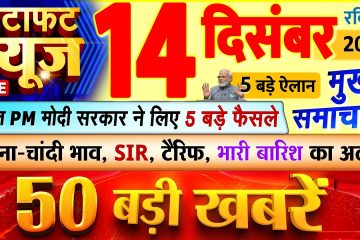Rajat Sharma: A Leading Voice in Indian Journalism
Introduction
Rajat Sharma, a prominent name in Indian journalism, has influenced the way news is presented and consumed in the country. Known for his incisive interviews and engaging show formats, Sharma has built a reputation for bringing critical issues to light and providing a platform for diverse voices. His journey illustrates the evolution of journalism in India and its impact on society.
Career Overview
Rajat Sharma began his career in journalism in the early 1990s, initially joining the news channel Aaj Tak where he gained recognition for his reporting skills. His journey took a significant turn when he launched his own show, ‘Aap Ki Adalat,’ which has since become one of the most watched talk shows in India. The show features interviews with politicians, celebrities, and other prominent figures, discussing issues that resonate with the public.
Impact on Journalism
Rajat Sharma has transformed the talk show format in Indian media. His unique interviewing style, characterized by direct questioning and an engaging approach, allows for in-depth exploration of topics while keeping viewers captivated. His work has not only entertained but also informed the Indian populace about pressing national matters.
Furthermore, he has played an essential role in mentoring young journalists and promoting ethical journalism in India. As the chairman of India TV, he has emphasized the importance of credible news reporting in an age where misinformation can easily spread.
Recent Developments
In recent months, Sharma has been vocal about the challenges facing journalists in India, particularly regarding press freedom. He has advocated for stronger protections for journalists, stressing the need for a conducive environment for fair reporting. His calls for accountability in media practices resonate with many aspiring journalists and reinforce the importance of integrity in journalism.
Conclusion
Rajat Sharma remains a significant figure in Indian media, continually shaping public discourse through his work. As media evolves with technological advancements and changing viewer preferences, Sharma’s commitment to quality journalism will likely influence future generations. His journey reflects not just his personal achievements, but also the broader trends in the Indian media landscape that seek to maintain a balance between information dissemination and public responsibility.









